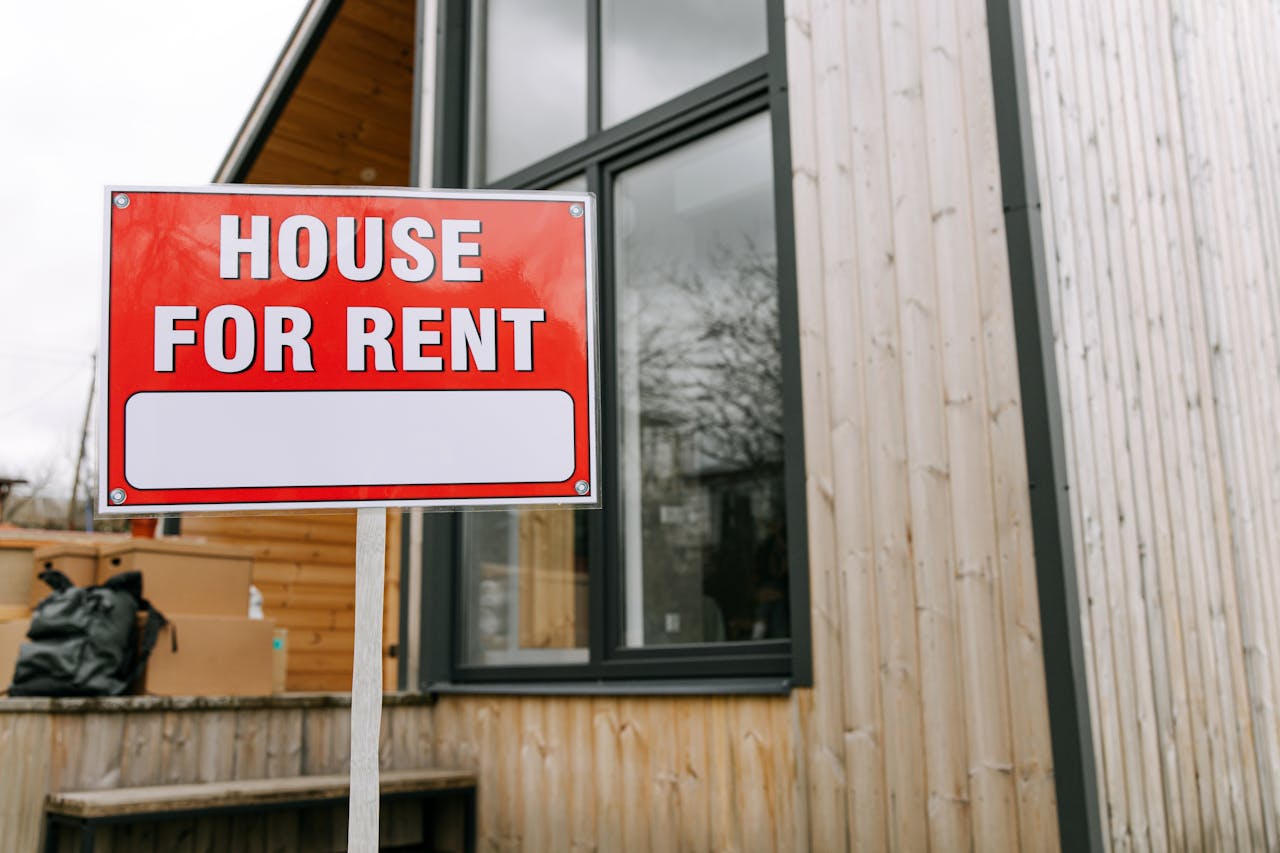
Rental Market Dynamics & Investment Opportunities
Tapping into Tenancy: Dynamics and Investment Opportunities in Kenya’s Rental Market (2025)
Kenya’s rental market in 2025 is a vibrant and diverse landscape, offering a spectrum of investment opportunities driven by urbanization, population growth, and evolving lifestyle preferences. From high-end apartments in prime urban neighborhoods to affordable units in burgeoning satellite towns and vacation homes along the coast, the demand for rental properties remains robust. Understanding the dynamics of this market, including key hotspots, potential yields, and the evolving regulatory environment, is crucial for investors looking to capitalize on tenancy.
Identifying Rental Hotspots:
Online property guides and market analyses consistently highlight several key areas attracting significant rental demand :
- Prime Urban Residential Areas (Nairobi):
- Westlands and Kilimani: These areas remain highly sought-after by professionals, expatriates, and young urban dwellers. Their appeal lies in modern apartments, proximity to business hubs, office spaces, shopping centers, and a vibrant lifestyle with high-end amenities. They are considered goldmines for rental income.
- Coastal Regions (Vacation Rentals):
- Nyali, Kilifi, and Malindi: With a thriving tourism sector and millions of annual visitors, these coastal towns are prime locations for short-term vacation rentals. Beachfront properties, resorts, and holiday apartments offer lucrative opportunities, especially with the growing popularity of platforms like Airbnb.
- Burgeoning Satellite Towns:
- Kitengela, Athi River, Ruaka, and Ruiru: These towns, benefiting from improved infrastructure and relative affordability, are attracting a growing number of families and young professionals. The demand for mid-range rental properties, including apartments in gated communities, is high, offering steady returns.
- University Towns:
- Juja and Thika: The presence of major universities like JKUAT fuels a consistent demand for student accommodation, particularly bedsitters and apartments.
Rental Yields and Investment Returns:
Rental yields vary depending on location, property type, and management efficiency.
- Commercial Properties: In some high-traffic commercial zones, rental yields can reach up to 12%.
- Residential Properties: Mid-range residential rentals in satellite towns and well-located urban apartments are noted for providing steady returns. In Nairobi, mid-income neighborhoods can offer average rental yields of 7-8%.
- Airbnb vs. Long-Term Rentals: The profitability of short-term (Airbnb) versus long-term rentals is a frequent discussion, with coastal properties often favoring short-term lets due to tourism.
Evolving Regulatory Landscape: KRA’s New Rental Income Tax System
A significant development impacting landlords is the Kenya Revenue Authority’s (KRA) introduction of a new, streamlined system for rental income tax compliance in April 2025.
- Formalization and Compliance: This initiative aims to make it easier for landlords to declare their rental income and pay due taxes, signaling increased scrutiny and a push towards formalizing this income stream.
- Impact on Landlords: Landlords need to familiarize themselves with this new system to ensure they remain compliant and avoid penalties.
Key Considerations for Rental Investment:
Successful investment in Kenya’s rental market requires careful planning:
- Location Analysis: Thorough research into demand drivers, tenant profiles, and infrastructure in the chosen location.
- Target Tenant Profile: Understanding the needs and preferences of the intended tenants (e.g., students, young professionals, families, tourists).
- Property Type and Amenities: Selecting appropriate property types and providing desired amenities.
- Property Management: Efficient property management is crucial for tenant satisfaction, maintenance, and maximizing occupancy.
- Financial Projections: Accurately forecasting rental income, operational costs, and potential yields.
- Legal and Regulatory Compliance: Adhering to tenancy laws and tax obligations.
Conclusion:
Kenya’s rental market in 2025 offers a dynamic array of opportunities for investors who are willing to conduct thorough due diligence and adapt to evolving market conditions and regulations. From the bustling urban centers to the serene coast and the rapidly growing satellite towns, the demand for rental accommodation provides a solid foundation for investment, provided it is approached strategically and professionally.




